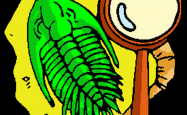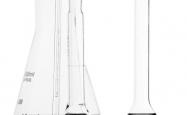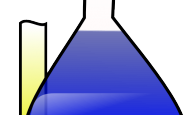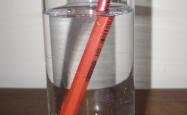This online resource details a scientific investigation into brine shrimp.
The resource details an activity where students investigate sexual selection in brine shrimp.

This online resource details a scientific investigation into brine shrimp.
The resource details an activity where students investigate sexual selection in brine shrimp.

This online resource looks at the geologic timeline.

This online resource can be used to teach an early understanding of forces.

Updated November 2016
This Standard Operating Procedure (SOP) which gives a detailed method for how to dilute concentrated hydrochloric acid.
This unit of work explores the life cycles of egg-laying animals.

This Standard Operating Procedure (SOP) contains a detailed method for preparing sodium hydroxide solutions.

This unit of work investigates the life cycle of living things.

This Standard Operating Procedure (SOP) gives a detailed method for how to handle dry ice.

This Standard Operating Procedure (SOP) gives a detailed method for how to dilute concentrated sulfuric acid.

This video explains the principal of refraction.